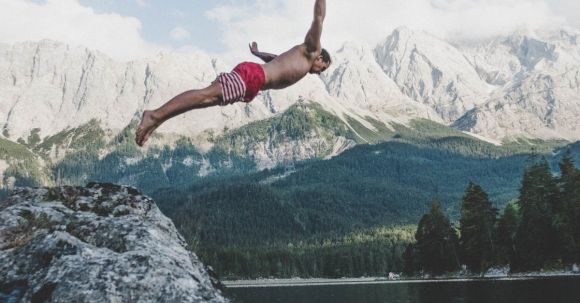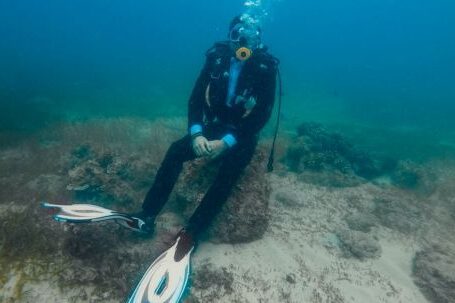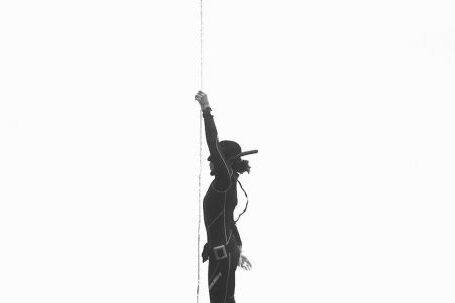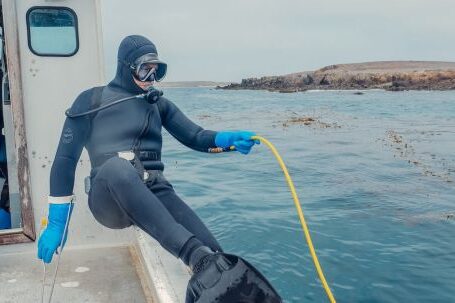Diving is a fascinating and exhilarating activity that allows us to explore the underwater world. One crucial skill every diver should master is buoyancy control. Good buoyancy control not only enhances your safety but also improves your overall diving experience. In this article, we will discuss some essential tips and techniques to help you perfect your buoyancy control in diving.
Understanding Buoyancy
Before we dive into the tips and techniques, it’s important to understand the concept of buoyancy. Buoyancy refers to the ability of an object to float or sink in a fluid. In diving, achieving neutral buoyancy is the key. Neutral buoyancy means that you are neither sinking nor floating but able to hover effortlessly in the water column.
Master Your Breathing
One of the most effective ways to achieve and maintain neutral buoyancy is by mastering your breathing. Breathing deeply and slowly helps you control your buoyancy more effectively. When you inhale, you become more buoyant, and when you exhale, you become less buoyant. Practice controlling your breath and adjusting your buoyancy accordingly.
Use Your BCD Wisely
The buoyancy control device (BCD) is an essential tool for regulating your buoyancy underwater. Properly using your BCD can make a significant difference in your buoyancy control. Inflate the BCD gently to ascend and deflate it gradually to descend. Using short bursts of air will help you fine-tune your buoyancy and maintain a stable position in the water.
Proper Weight Distribution
Achieving neutral buoyancy also depends on the proper distribution of weights. Make sure your weight belt or integrated weight system is adjusted correctly to distribute the weights evenly across your body. Experiment with different weight configurations to find the perfect balance for your buoyancy control.
Trimming Technique
Trimming is the technique of achieving a horizontal position in the water. This technique helps you move effortlessly and maintain your balance underwater. To achieve proper trim, make sure your body is aligned horizontally and parallel to the water surface. Keep your legs slightly elevated and your head and upper body slightly tilted forward. Practice this technique regularly to improve your buoyancy control and streamline your movements underwater.
Avoid Kicking Too Much
Kicking excessively can disrupt your buoyancy control and waste energy. Instead, focus on using gentle and controlled finning techniques to move through the water. By minimizing your movements, you reduce the chances of stirring up sediment and disturbing the marine environment. Trust your buoyancy and let the water do the work for you.
Maintain a Streamlined Profile
Maintaining a streamlined profile is crucial for efficient buoyancy control. Avoid dangling equipment or loose gear that can create unnecessary drag. Secure loose hoses, gauges, and accessories to your body or BCD. Streamlining your gear will help reduce resistance in the water and allow for better control and maneuverability.
Practice, Practice, Practice
Perfecting your buoyancy control requires practice. Take every opportunity to dive and work on your buoyancy skills. Practice different techniques, experiment with your equipment, and fine-tune your breathing. The more you practice, the better you will become at maintaining neutral buoyancy and enjoying a smooth and effortless dive.
Conclusion
Mastering buoyancy control is a crucial skill for every diver. By understanding the concept of buoyancy, mastering your breathing, using your BCD wisely, and practicing various techniques, you can perfect your buoyancy control and enhance your diving experience. Remember, practice makes perfect, so dive often and enjoy the beauty of the underwater world while effortlessly floating through the water.





